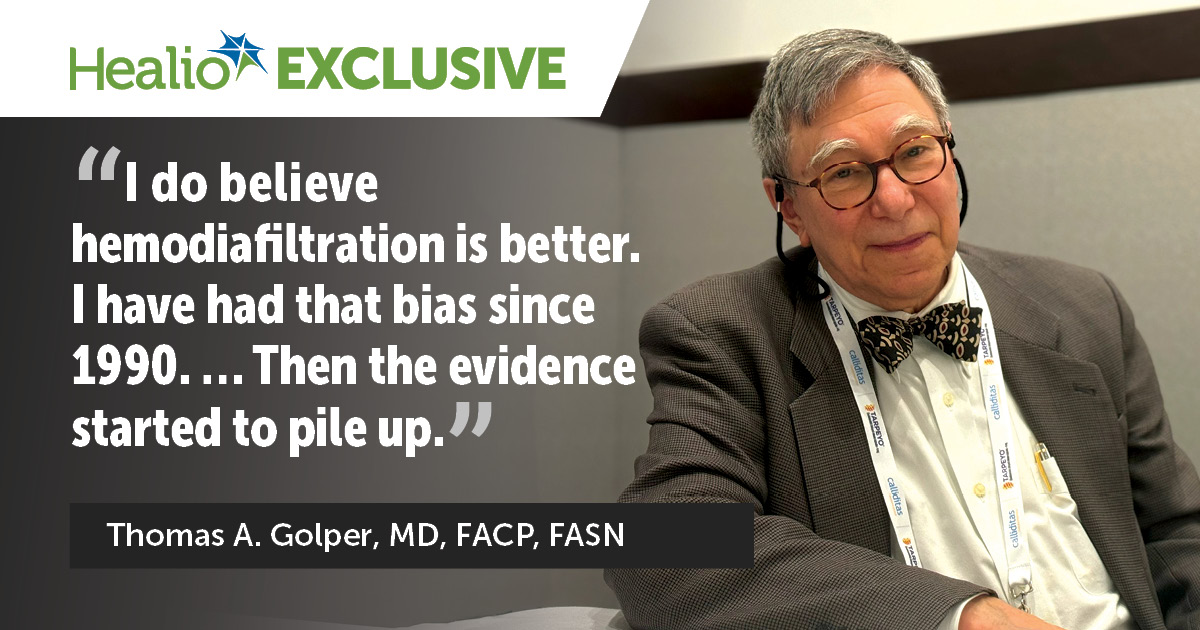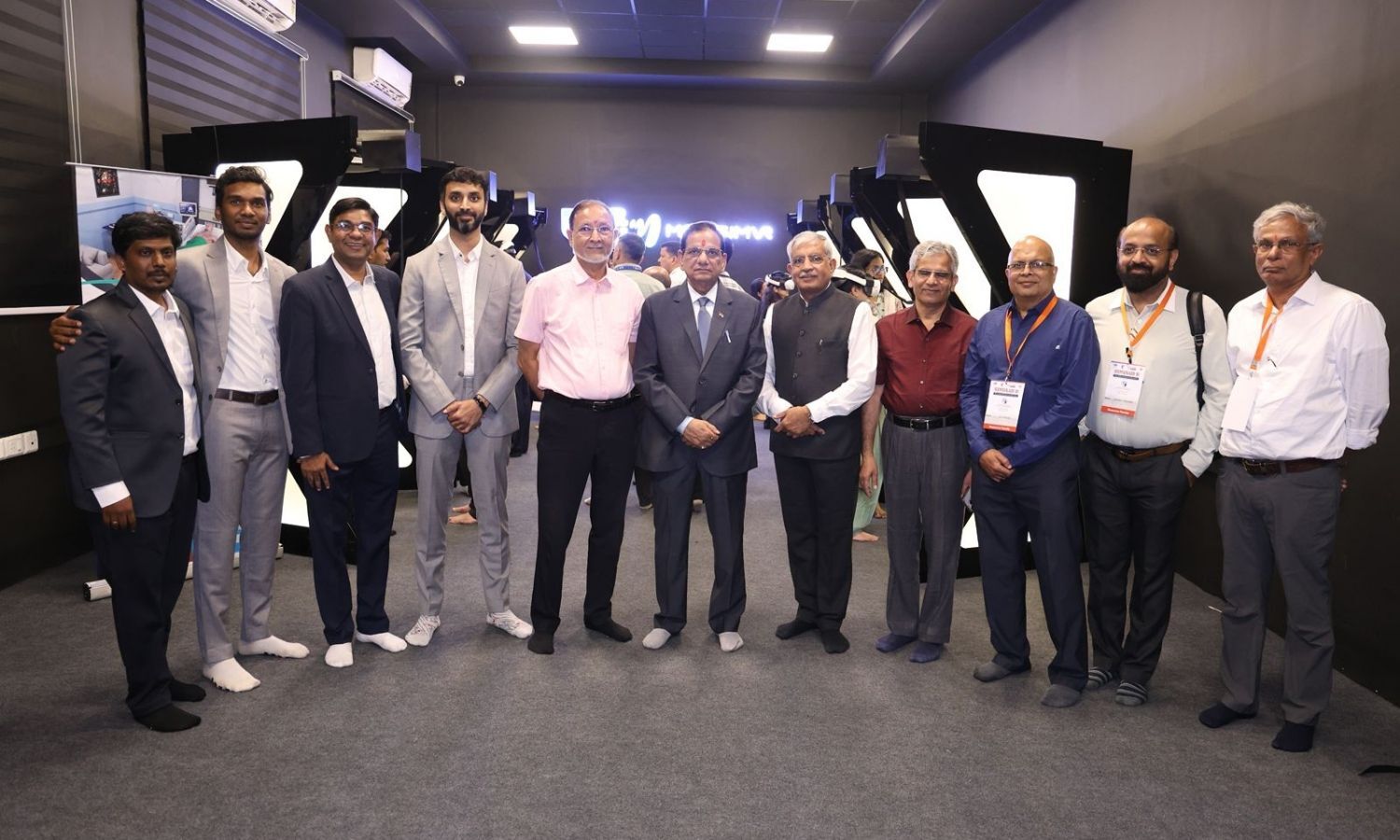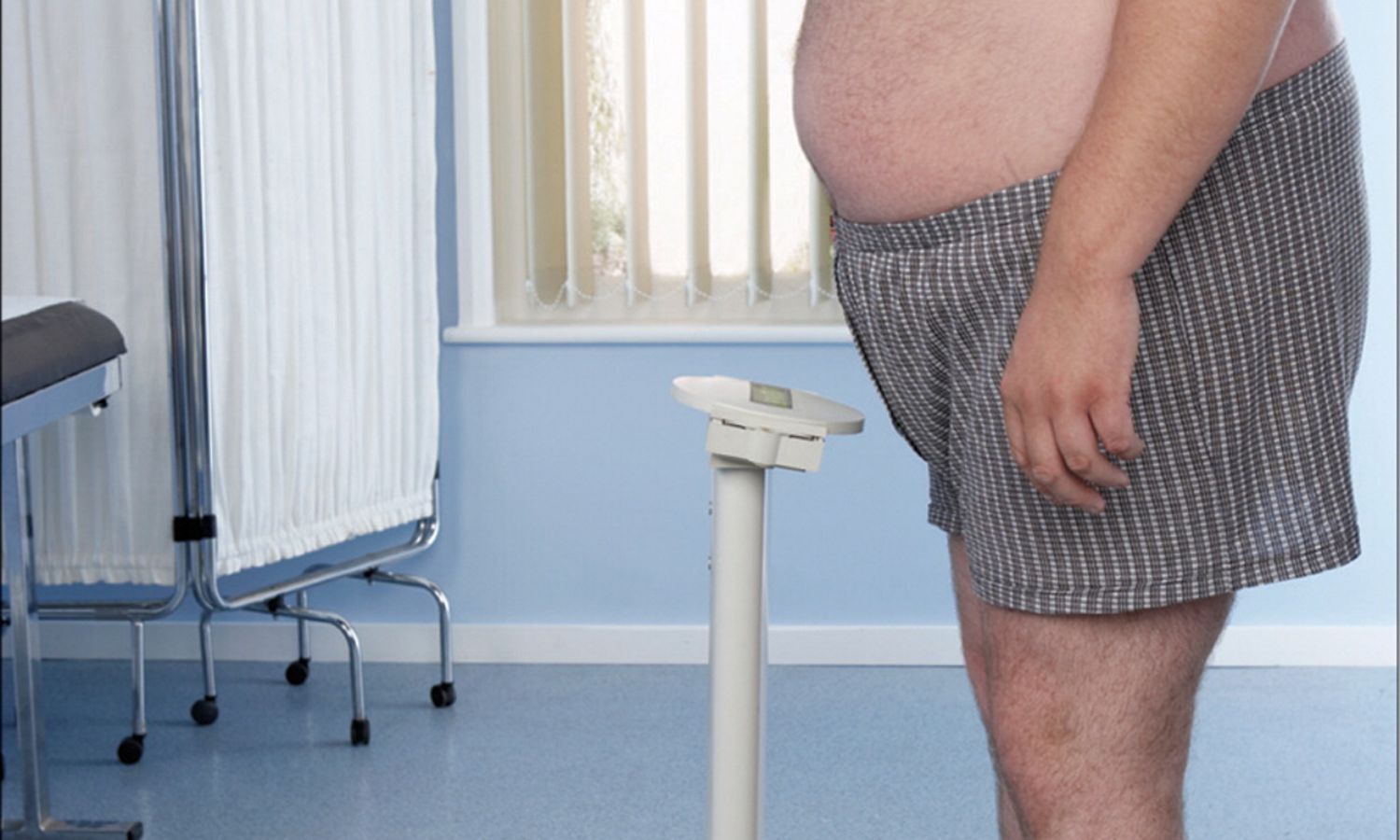August 27, 2025
8 min read
Key takeaways:
- Fresenius Medical Care received FDA 510(k) approval on its 5008X dialysis system.
- Expected rollout for selected early-stage clinics will likely begin this fall.
Hemodiafiltration goes a step beyond hemodialysis to improve outcomes in kidney disease. But while the technology is becoming a global benchmark, it is not the norm for U.S. health care.
That may change in the next year.

Hemodiafiltration combines hemodialysis and hemofiltration using sterile, nonpyrogenic substitution fluid. The procedure combines diffusion and convection to remove middle-molecular weight uremic toxins, whereas standard hemodialysis relies on diffusion alone.
“Hemodiafiltration results in more effective removal of middle molecules, which may contribute to inflammation, cardiovascular damage and other complications,” Kamyar Kalantar-Zadeh, MD, MPH, PhD, professor of medi-cine at the David Geffen School of Medicine at UCLA and chief of nephrology, hypertension and transplantation at Harbor-UCLA Medical Center in West Carson, California, told Healio.
“Patients new to dialysis with preserved residual renal function, lower inflammation burden or cardiovascular risk factors may benefit most from hemodiafiltration,” Kalantar-Zadeh said. “Additionally, younger patients or those on longer dialysis treatment time may benefit from improved long-term outcomes associated with better uremic toxin clearance.”
Despite gaining ground as a potentially more effective approach to dialysis, further clinical, regulatory and technical data are prerequisites to considering widespread U.S. adoption, Kalantar-Zadeh said.
Key outcomes trial
Patient outcomes with hemodiafiltration were explored in the CONVINCE trial.
The open-label clinical trial, conducted by a European-based interdisciplinary team and published in The New England Journal of Medicine in 2023, aimed to assess benefits and risks of high-dose hemodiafiltration compared with conventional high-flux hemodialysis. Specifically, researchers compared all-cause mortality risk, cause-specific death, CV events, hospitalizations, patient-reported outcomes and ultimate cost-effectiveness of the therapy.
The trial, conducted from 2018 to 2021, included 1,360 adults, aged 18 years or older, with stage 5 kidney failure who were on hemodialysis for at least 3 months. Patients could tolerate three dialysis sessions per week with a per-session convection volume of 23 L.
Patients were treated at 61 centers in eight European countries. Data were collected in routine clinical practice.
Of the cohort, 683 patients were randomly assigned to hemodiafiltration, and the remaining 677 continued hemodialysis, with a median of 30 months of follow-up. The first group received high-dose hemodiafiltration with online production of substitution fluid and ultrapure bicarbonate-based dialysis fluid. The control group underwent conventional hemodialysis via high-flux dialysis membranes and ultrapure bicarbonate dialysis fluid.
“In patients with kidney failure resulting in kidney-replacement therapy, the use of high-dose hemodiafiltration resulted in a lower risk of death from any cause than conventional high-flux hemodialysis,” the researchers wrote. “Our trial results support the evidence that high-dose hemodiafiltration can result in a clinically important survival benefit.”
During the trial, 17.3% of patients on hemodiafiltration died from any cause vs. 21.9% of those treated with hemodialysis, according to the researchers. The hazard ratio for mortality on hemodiafiltration showed a statistically significant benefit (HR = 0.77; 95% CI, 0.65-0.93).
Overall, 92% of patients on hemodiafiltration achieved the target convection volume.
Results from the CONVINCE trial suggested that hemodiafiltration was superior to hemodialysis for kidney failure. Data show promise in curbing dialysis amyloidosis, inflammation and hypotension, Kalantar-Zadeh said.
In fact, “patients on hemodiafiltration may experience fewer intradialytic symptoms, improved blood pressure stability and potentially reduced cognition loss,” Kalantar-Zadeh said.
But European findings are not a one-to-one match for U.S. patients. “Large U.S.-based trials are still needed to confirm these benefits in our patient populations and practice settings,” he said.
A wider view
Hemodiafiltration is currently used in Europe, Japan and other countries in Asia and Latin America, Peter Kotanko, MD, FASN, emeritus research director at the Renal Research Institute in New York, told Healio.
In Canada, clinicians adopted hemodiafiltration via the Gambro AK200 in 1999 and recently took on newer system models manufactured by Baxter and B. Braun, according to commentary by researchers, including Kalantar-Zadeh, published in May in Current Opinion in Nephrology and Hypertension.
Before 2024, FDA-approved therapies from Aksys and Nephros were the hemodiafiltration options available in the U.S., but these never took off, according to the authors.
Kalantar-Zadeh and colleagues found international practices vary regarding implementation of hemodiafiltration. In Europe, for example, most patients receive post-dilution hemodiafiltration, whereas in Japan, predilution is common. This highlights a gap in practice based on patient population, they wrote.
The U.S. approach so far has been measured and historically focused on dialysis efficiency above all, Thomas A. Golper, MD, FACP, FASN, emeritus professor of medicine at Vanderbilt University Medical Center and professor of medicine at Larner College of Medicine at the University of Vermont, told Healio.
Often, that efficiency is determined by dialyzing more patients with short, aggressive sessions on larger surface-area dialyzers, greater extracorporeal blood commitments and higher blood flow rates, according to Golper, who is also emeritus chair of the Healio | Nephrology News & Issues Editorial Advisory Board.
Counting costs
From an economic view, hemodiafiltration brings higher operational costs. New equipment and additional resources are needed. The procedure itself could require longer treatment sessions to achieve convective higher volume goals, leading to an increase in staff labor and total costs.
The greatest expense of an in-center treatment is labor, which is a critical factor given the fixed reimbursement structure for in-center hemodialysis, Golper said.
Plus, there may be higher costs for electricity, water purification, concentrate and bicarbonate compared with traditional hemodialysis, unless physicians are willing to prescribe lower dialysate flow rates, according to Kotanko.
In terms of operational costs, hemodiafiltration “requires new equipment, and there may be higher costs for electricity because you have to warm up the substitution fluid, for example,” Kotanko said during a presentation in March at the Annual Dialysis Conference in Las Vegas.
A health economic evaluation of the CONVINCE trial published this year in Kidney International showed hemodiafiltration vs. hemodialysis cost is estimated to be 4 euros (about $4.50) higher per session. Quality-adjusted life-years during 2 years show a “slight” advantage for hemodiafiltration, yielding an additional 23.3 days in perfect health, Kotanko said. But the cost difference during 1 year alive can reach roughly 775 euros (about $865), and total annual costs may reach 39,772 euros (about $44,400) for hemodialysis vs. 40,548 (about $45,266) euros for hemodiafiltration.
Compounding these challenges is the billing complexity tied to hemodiafiltration, Kotanko said. U.S. dialysis centers may struggle with what they may view as an uncertain cost-benefit justification, Kotanko said. In addition, lack of a reimbursement protocol could create financial disincentives to use hemodiafiltration.
Golper takes a more optimistic view.
The industry is “going to try a variety of things [to pay for hemodiafiltration],” he told Healio. “There are maneuvers to get CMS to pay for more. But in the end, it goes to, ‘Can you apply cost savings in one area to another?’” he said. “I do believe hemodiafiltration is better. I have had that bias since 1990 when I first saw them starting to work on it. I thought this is theoretically better. Then the evidence started to pile up.”
Regulatory and reimbursement hurdles still stand in the way of wider U.S. adoption of hemodiafiltration. Infrastructure challenges come into play, too.
Old hemodialysis machines would need to be replaced. Hemodiafiltration machines come with advanced water management and quality control requirements. That may place stress on dialysis centers to ensure quality processes, provide training and navigate a more intricate system.
If hemodiafiltration is to become standard in the United States, clinicians must adapt, Golper said.
US rollout
The move to introduce hemodiafiltration to the U.S. market has started. Fresenius Medical Care received FDA 510(k) clearance in May for its updated 5008X CAREsystem dialysis machine for hemodiafiltration, hemodialysis, hemofiltration and isolated ultrafiltration. The machine offers mechanics tailored to U.S. patients that differ somewhat from machines used in other countries.
“We anticipate the beginning of our rollout to be to select, early-stage clinics in the fall of this year, and we will then expand significantly as we turn over from 2025 to 2026,” Franklin W. Maddux, MD, FACP, global chief medical officer at Fresenius Medical Care, told Healio.
For the rollout, plans are to equip up to 160,000 dialysis chairs nationwide, the authors of the commentary noted, depending on uptake readiness.
Manufacturers are now pursuing regulatory clearances, clinicians are lobbying for new billing codes and infrastructure investments are beginning to take shape, Golper said.
“There is obviously an investment required to have a machine capable of [hemodiafiltration],” Maddux said. “But our feeling is the cost to a clinic, especially in the long run, should be positive.”
Although the method is not practiced nationally, U.S. health professionals are taking notice.
One nurse practitioner from Providence, Rhode Island, described her unit’s recent uptake of hemodiafiltration at the National Kidney Foundation Meeting in Boston in April.
“There is another group in Wellesley just near [Boston] using it,” Golper said. “So that is at least two units doing it.”
A critical look
Critics said momentum is building, but clinical evidence is incomplete. Most randomized trials have shown benefit, but more long-term data are needed.
“I am skeptical online hemodiafiltration will take the United States by storm in 2025 to 2026,” Jay B. Wish, MD, professor of clinical medicine at Indiana University School of Medicine and chief medical officer for dialysis at Indiana University Health in Indianapolis, told Healio.
The procedure “requires completely new machines that are expensive, and I am not certain all U.S. nephrologists are on board regarding the advantages of hemodiafiltration over hemodialysis,” he said. The CONVINCE trial “was conducted in Europe, where patients are younger, have fewer comorbidities and are more adherent. In the United States, there is a track record of single interventions failing to move the needle on outcomes.”
This applies to dialysis dose, anemia and phosphate management, modality and even statin use, said Wish, who is also chair of the Healio | Nephrology News & Issues Editorial Advisory Board. He said the CONVINCE results may not extrapolate to the U.S patient population.
Golper noted the machines and needed disposables have not been priced yet for the U.S. market.
Although he is hopeful about the prospect of hemodiafiltration nationally, Golper, too, noted practical challenges.
“If the equipment is more expensive, there are very few units that are going to go from their current machines to 100% hemodiafiltration,” Golper said. “If I were running a unit, I would swing a deal so 25% of our machines were replaced this year with hemodiafiltration, then 25% next year, so your investment is spread out.”
Standard of care
Education is also key. Many U.S. nephrologists have yet to gain hands-on experience with convective depuration and related procedures through fellowship training, Golper said. As introduction of hemodiafiltration gets closer, the need to understand it becomes greater.
Data show U.S. patients on dialysis have higher comorbidity burdens than those in countries with hemofiltration as standard practice, according to the commentary authors. If the therapy becomes acceptable nationally, patients can choose the best care for them, including options offered abroad.
“We believe that high-volume hemodiafiltration has the opportunity to become the standard of care for in-center hemodialytic kidney replacement therapy,” Maddux said. “There is a tremendous amount of excitement in the field to look at a therapy that would give better clinical outcomes, whether it is in mortality or quality of life.”
References:
- Blankestijn PJ, et al. N Engl J Med. 2023;doi:10.1056/NEJMoa2304820.
- Erikson KF, et al. Kidney Int. 2025;doi:10.1016/j.kint.2025.01.012.
- Fresenius Medical Care begins broader U.S. commercialization of 5008X CAREsystem, achieves key milestones in efforts to introduce high-volume hemodiafiltration dialysis therapy to individuals with kidney disease in the U.S. https://freseniusmedicalcare.com/en/media/newsroom/fresenius-medical-care-begins-broader-us-commercialization-of-5008x-caresystem-achieves-key-milestones-in-efforts-to-introduce-high-volume-hemodiafiltration-dialysis-therapy-to-individuals-with-kidney-disease-in-the-us/#:~:text=The%20company%20last%20week%20received,by%20a%20full%2Dscale%20commercial. Published June 4, 2025. Accessed July 22, 2025.
- Kotanko P. The future of HDF in the US: Navigating the challenges ahead. Presented at: Annual Dialysis Conference; March 13-16, 2025; Las Vegas.
- Leduc C, et al. Curr Opin Nephrol Hypertens. 2025;doi:10.1097/MNH.0000000000001051.
For more information:
Thomas A. Golper, MD, FACP, FASN, can be reached thomas.golper@vumc.org.
Kamyar Kalantar-Zadeh, MD, MPH, PhD, can be reached at kkalantar@lundquist.org.
Peter Kotanko, MD, can be reached at peter.kotanko@rriny.com.
Franklin W. Maddux, MD, FACP, can be reached at frank.maddux@fmc-na.com.
Jay B. Wish, MD, can be reached at jwish@iu.edu.










